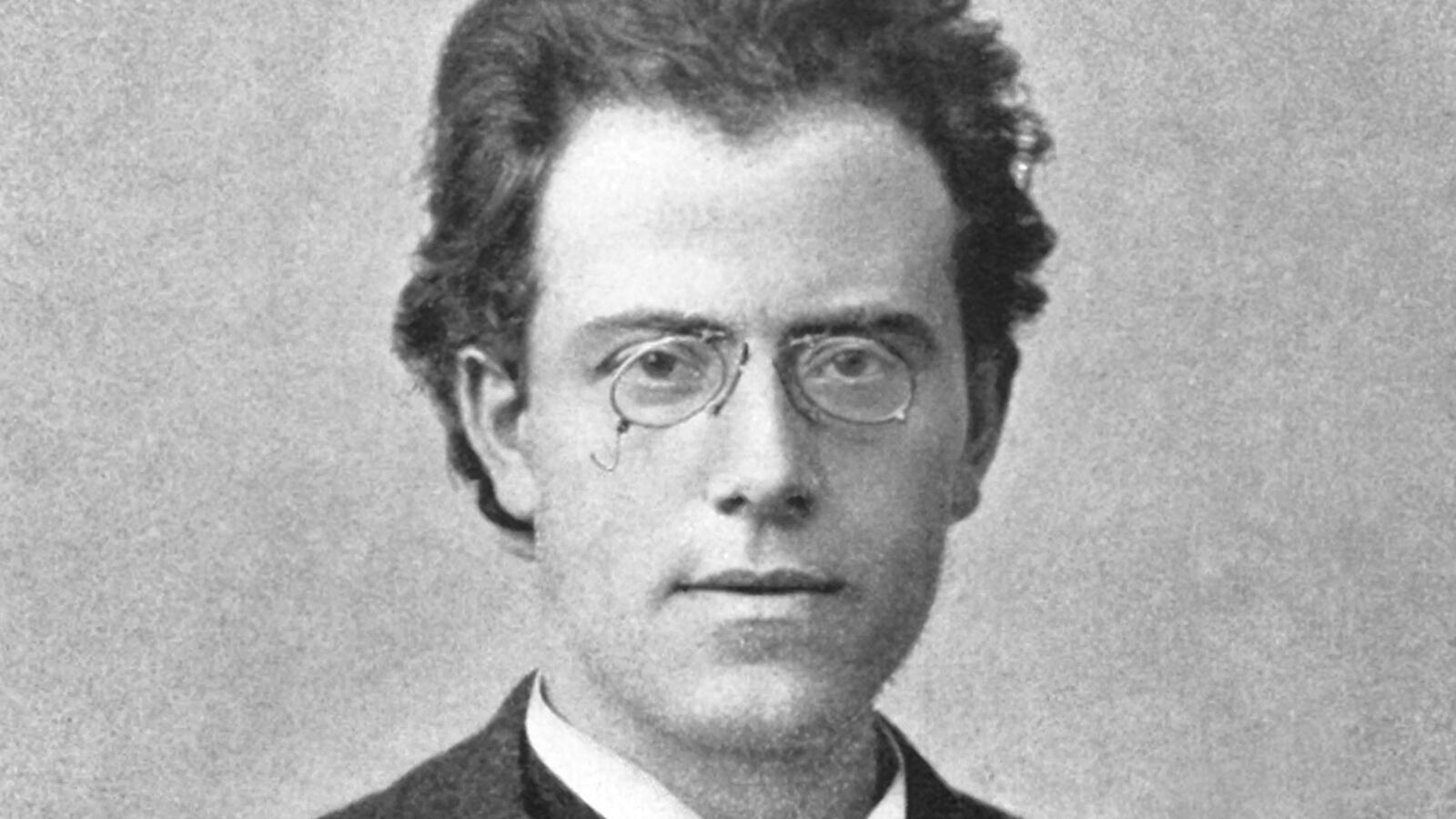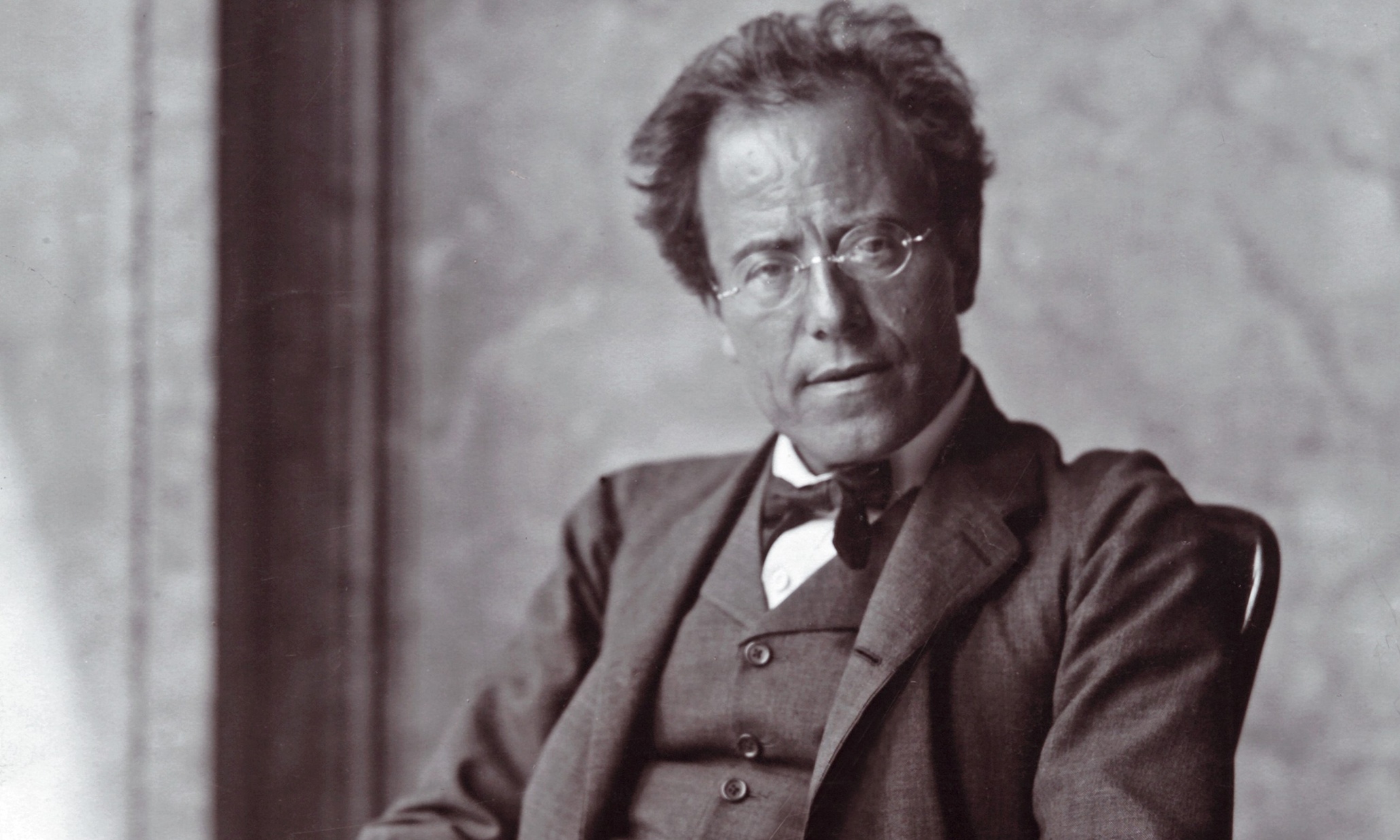Mahler’s “Urlicht” (“Primal Light”), Jessye Norman
Urlicht (“Primal Light”) forms the fourth movement of Gustav Mahler’s Second Symphony. It occupies a striking position in the five-movement work’s progression towards ultimate and lasting transcendence. Suddenly, for the first time in this “Resurrection Symphony,” we hear the solitary human voice—a darkly veiled alto imbued with human tragedy and lament. In a symphony rooted in C minor and E-flat major, suddenly we find ourselves in the remote, ethereal world of D-flat …



